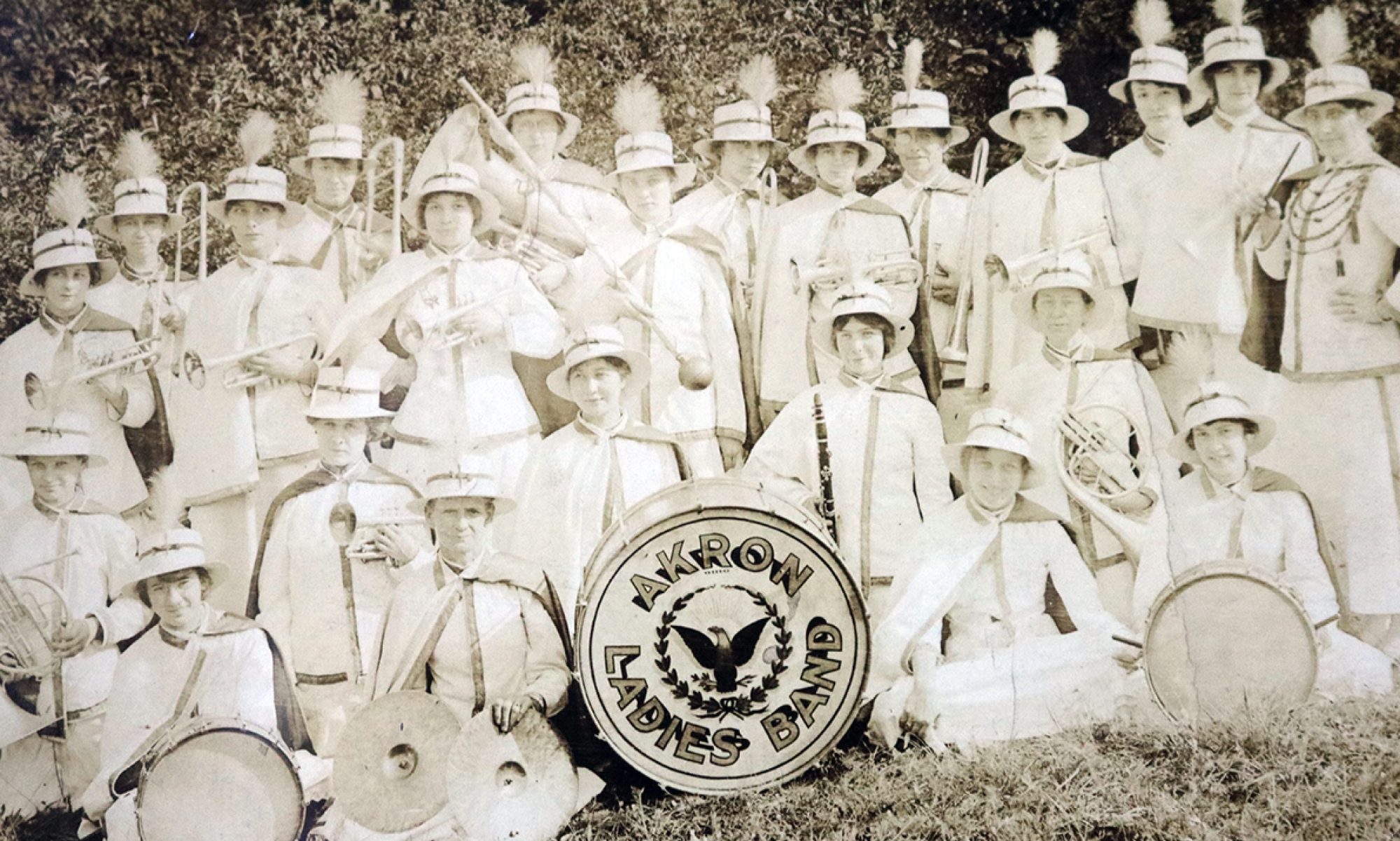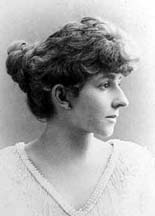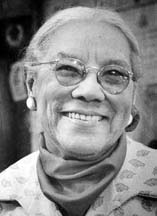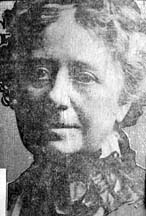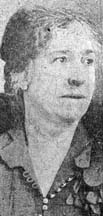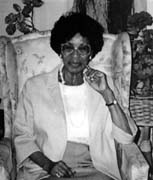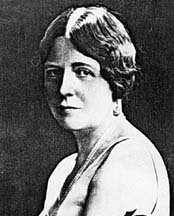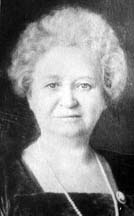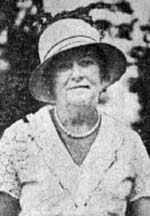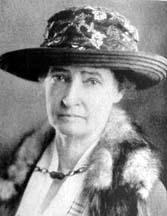
Mrs. Frances G. Hunsicker served as head of the two most important women’s organizations in the city of Akron, Ohio, in the 1920s: the Home and School League and the Federation of Women’s Clubs.
Hunsicker served first as assistant secretary treasurer of the Akron and Summit County Federation of Women’s Clubs and was later elected president of the organization in 1926. For several years she was instrumental in the Federation’s annual Christmas Seal campaign. Hunsicker was elected as president of the Federation again in 1928 for a second term.
During the year of her re-election, Hunsicker served as the TB clinic chair of the General Federation and a story in the Akron Beacon Journal said that she “spent many weary hours when the building [TB Clinic] was in the process of renovation in consultation with lawyers, decorators, carpenters, plumbers and insurance men.” The newspaper also described her as a “clear-thinking and active citizen.”
After being treasurer in 1917, Hunsicker held the position of president of the Akron Home and School League for several terms, including the 1921-1923 term. In 1922, the president of the Central Home and School League asked other leagues to help in a project to assure that crippled children would have a means of transportation to the hospital. In 1926, the president of the General Federation said, “It seems to be Mrs. Hunsicker’s policy to do what she can in one life and then step quietly out and take up the next thing that offers itself.”
Hunsicker was also secretary of the Liederfel Ladies Society and a commissioner of the Girl Scouts Akron Council. In 1927, she was president of the Girl Scouts and in 1936, she was a board member for the organization.
Hunsicker was a member of the Fifty Year Club and the First Universalist Church. She was president of the Dandelions Club and active in the Fairlawn Civics Club.
She was married to Arthur Hunsicker, a builder and contractor; they had six children. The Hunsickers resided at 726 Sherman St.
Photo courtesy of the Beacon Journal.
–Janelle Baltputnis
